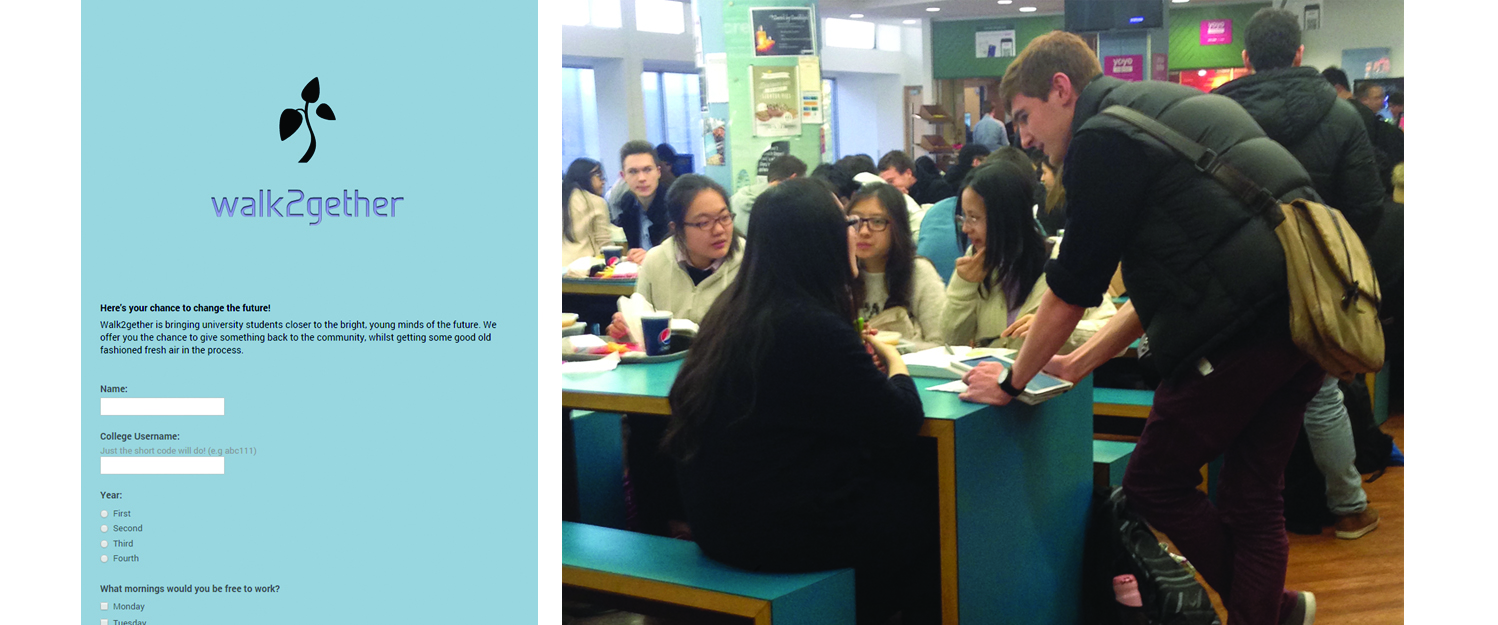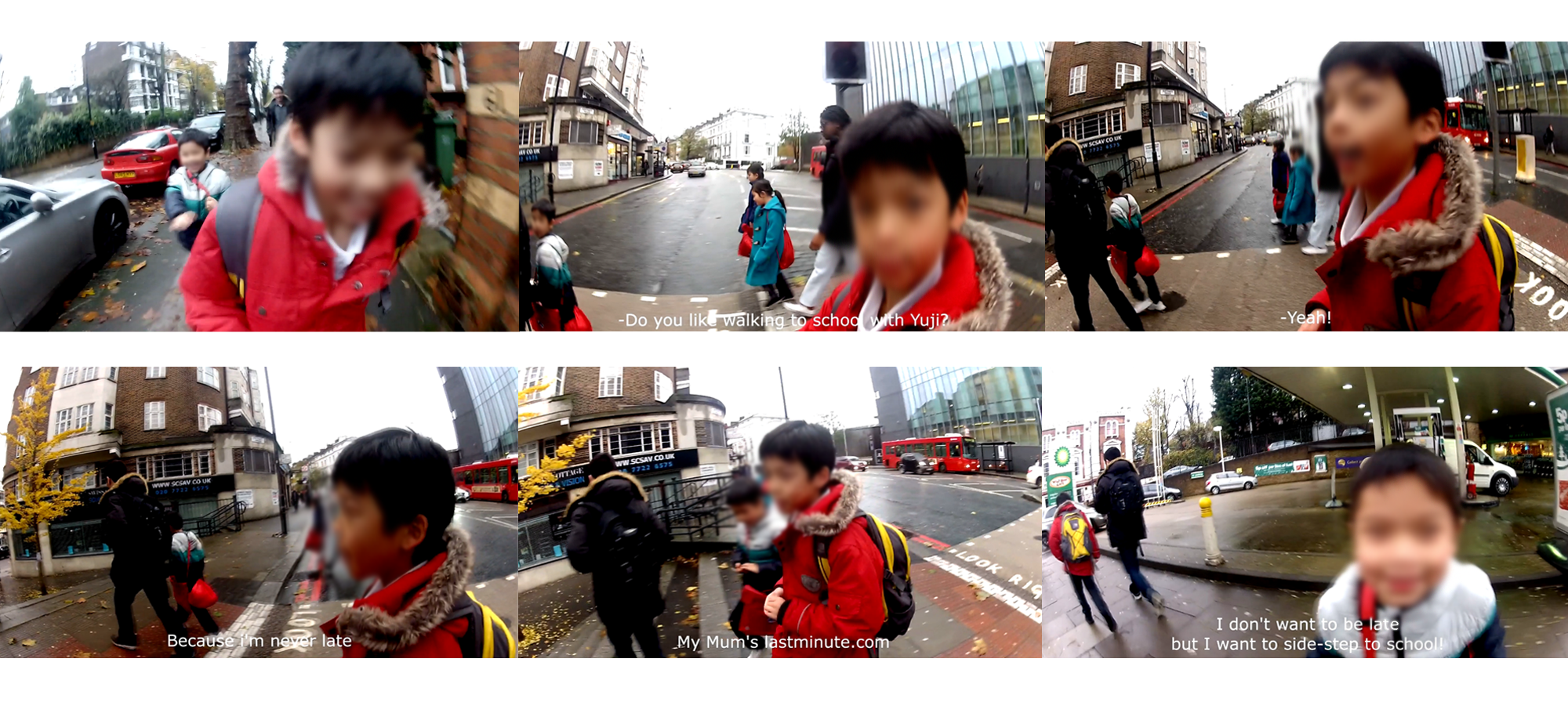3 month project as part of Design-led Innovation and New Venture Creation at the Royal School of Art
Brief: to design a new urban transport system for families with young children travelling to school in London using user – centred design.
Our starting point was idea generation. We came up with as many solutions to the brief as possible using idea generation techniques like brain mapping, brain writing, observational analysis and by putting ourselves in the shoes of the user. We started our focus first on the idea of wearable bumper bands that would encourage children to walk to school in groups: similar to a walking school bus. It would have GPS tracking functionality and tell parents who else had walked to school with the child as well as time of arrival. Not only would this ease the pressure of the London public transport system but also give parents ease of mind to allow their children to walk safely in groups by meeting others at designated points based on their home location.


We then conducted primary and secondary user research by surveying families and parents who don’t let their children walk to school alone or take public transport. Our research showed that in fact, 80% of parents would not trust our technological idea to help with walking to school. By talking to the parents more, we asked more open-ended questions like “what is your morning routine like?” and “what are the main struggles of the morning school run?”. We discovered that parents value factors like time, safety and their children’s emotions the most. Children also often felt disappointed when they were late for school.


By using our research, we redesigned our solution based on a question: “how could we safely transport children to school whilst giving valuable time in the morning back to parents?”. This was answered by our service: Walk2gether. Parents trusted the idea of a student to family matching service that would pair up families with university students who would volunteer to walk their children to school in the morning.
Student and parent surveys were conducted further to gain feedback and ideas on how to optimise the service to get the best possible experience for all users. We received interest in the volunteer scheme and managed 25 sign ups within an hour of talking to students at Imperial College London.

The principle of Walk2gether is to match pairs of university students (who sign up online) to families in nearby areas. Parents can filter students and choose who they would like to meet. If the match is successful, the students and parents discuss themselves how many days and which days of the week for them to walk the child/children to school. Mobile numbers would be encouraged to be exchanged so parents can know when their child has arrived at school.




Implementation of Walk2gether with Akiko and her two sons. A pair of our team walked them to school 2-3 days a week and this worked so well that they maintained contact and continued walking the children to school even after our project had ended.



